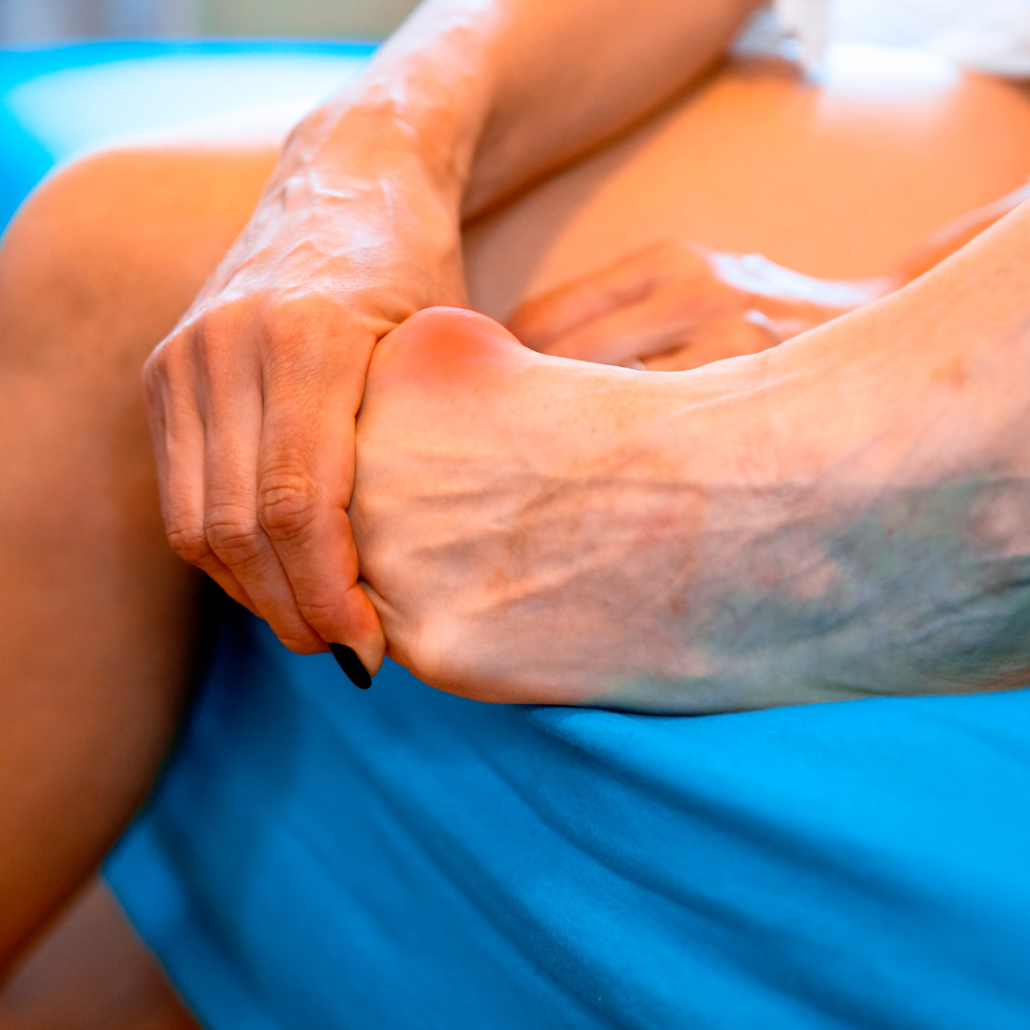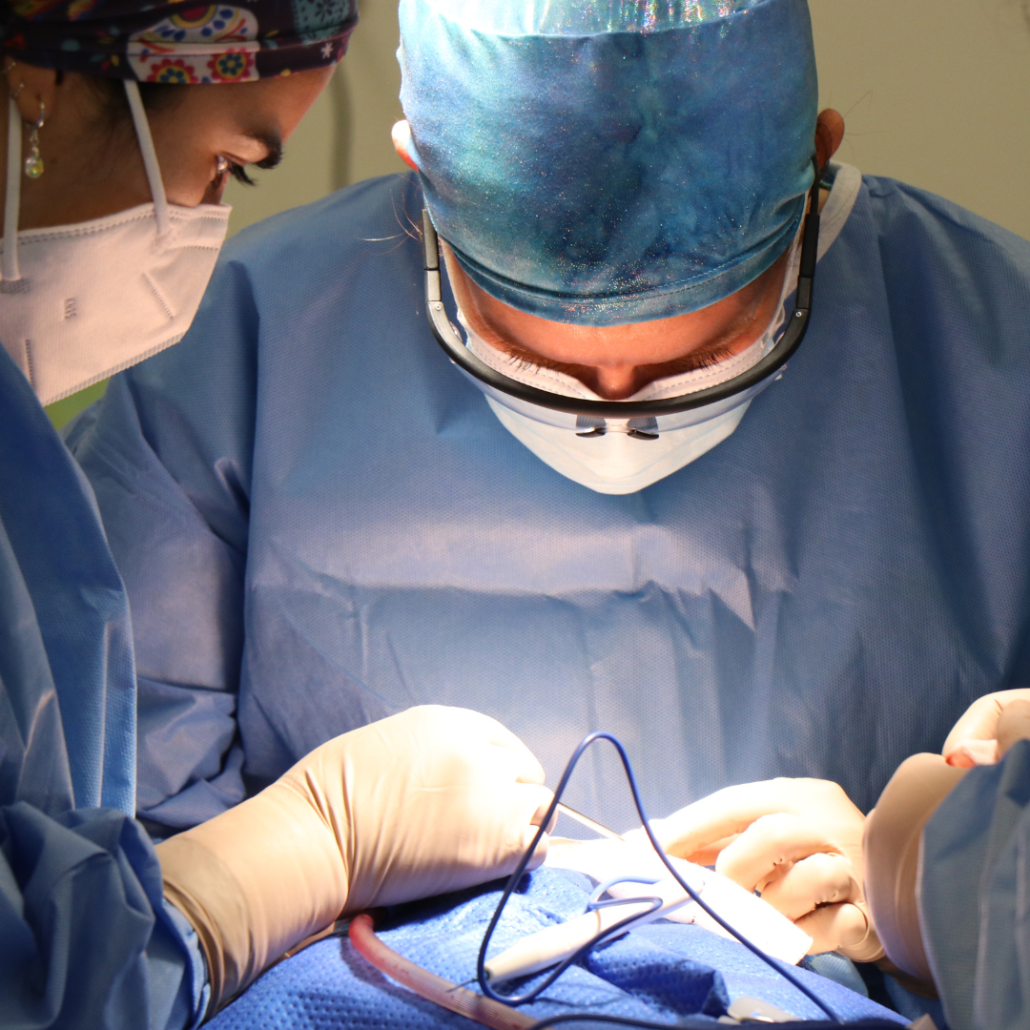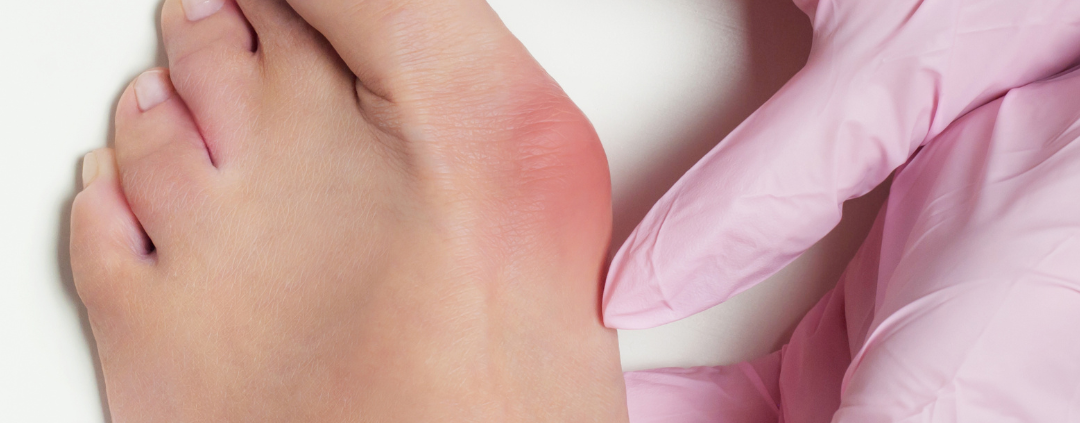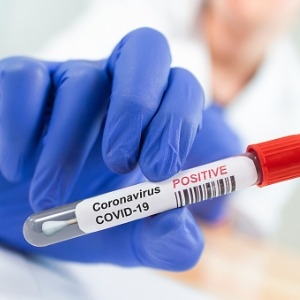Bunion Surgery: A Comprehensive Guide
Bunions are a common foot condition that can cause discomfort and pain. While non-surgical treatments like orthotic devices, changes in footwear, and physical therapy can provide relief for some, others may find that these measures are not effective in alleviating their bunion-related symptoms.
In such cases, bunion surgery, also known as bunionectomy, may be recommended as a viable solution. This comprehensive guide aims to provide you with a thorough understanding of bunion surgery, including the types of surgeries available, the preparation and recovery process, potential risks and complications, and what to expect during the postoperative period.
Types of Bunion Surgery
A. Bunionectomy
- Traditional Bunionectomy: This is the most common form of bunion surgery. It involves making an incision along the side of the big toe and realigning the bone and soft tissues.
- Minimally Invasive Bunion Surgery: Also known as percutaneous or keyhole bunion surgery, this technique utilizes small incisions and specialized instruments to correct the bunion. It often results in quicker recovery times and less scarring.
B. Osteotomy
- Chevron Osteotomy: This procedure involves cutting a V-shaped portion of bone from the big toe joint and repositioning it to correct the bunion.
- Scarf Osteotomy: In this surgery, multiple cuts are made in the bone to allow for realignment. This technique is particularly effective for severe bunions.

Preparation for Bunion Surgery
A. Consultation and Evaluation
Before undergoing bunion surgery, it’s essential to have a thorough consultation with a foot and ankle specialist. During this evaluation, your surgeon will assess the severity of your bunion, discuss your medical history, and review any non-surgical treatments you’ve tried.
B. Preoperative Instructions
Your surgeon will provide you with specific preoperative instructions, which may include restrictions on eating or drinking the night before the surgery, discontinuing certain medications, and arranging for transportation to and from the hospital or surgical center.
C. Understanding Anesthesia
Bunion surgeries are typically performed under local or general anesthesia. Your surgeon will discuss the best option for you based on your overall health and the complexity of the surgery.
The Bunion Surgery Procedure

The surgical procedure itself depends on the type of surgery selected, but in general, the surgeon will:
- Make an incision: In traditional bunionectomy, an incision takes place on the side of the big toe. In minimally invasive procedures, smaller incisions take place.
- Correct the deformity: The surgeon will realign the bones and soft tissues, removing any excess bone and adjusting the alignment to correct the bunion.
- Stabilize the bone: Using various techniques, such as screws, pins, or plates, happens often to stabilize the corrected bone position.
- Suture the incision: The incision is carefully closed with sutures or staples.
After bunion surgery, recovery unfolds in stages. Initially, patients are under close monitorization in the recovery room, given pain medication to manage postoperative discomfort, and may wear a protective boot or cast.
In the first few weeks, limited weight-bearing is essential, often necessitating crutches or a walker, while elevating the foot helps reduce swelling. Physical therapy is always a great recommendation to enhance mobility.
Recovery
Long-term recovery can span several months, and full pain-free functionality might take a year or more to achieve. Regular follow-up appointments with the surgeon are essential for monitoring progress and addressing any issues during the healing process.
Bunion surgery is a well-established treatment option for individuals suffering from painful bunions that do not respond to conservative treatments. While it involves a recovery period and some potential risks, it can significantly improve the quality of life for those with severe bunions.
If you are considering bunion surgery, it is essential to consult with a qualified orthopedic or podiatric surgeon who can assess your specific condition and recommend the most suitable surgical approach. Remember that proper preoperative preparation and postoperative care are essential for a successful recovery and the best long-term outcome.
















47myhw
I would like to thnkx for the efforts you have put in writing this website. I’m hoping the same high-grade web site post from you in the upcoming also. Actually your creative writing abilities has encouraged me to get my own web site now. Really the blogging is spreading its wings fast. Your write up is a good example of it.
ats5ta
Great write-up, I’m regular visitor of one’s website, maintain up the nice operate, and It is going to be a regular visitor for a lengthy time.
F*ckin¦ remarkable issues here. I¦m very satisfied to see your article. Thank you so much and i’m taking a look ahead to contact you. Will you kindly drop me a mail?
Thanks for a marvelous posting! I truly enjoyed reading it, you might be a great author.I will make certain to bookmark your blog and definitely will come back sometime soon. I want to encourage you to ultimately continue your great job, have a nice evening!
Woh I enjoy your articles, saved to favorites! .
What Is ZenCortex? ZenCortex is an ear health booster that protects ears from potential damage and improves your hearing health.
Greetings I am so excited I found your website, I really found you by accident, while I was searching on Digg for something else, Regardless I am here now and would just like to say kudos for a tremendous post and a all round enjoyable blog (I also love the theme/design), I don’t have time to look over it all at the moment but I have saved it and also included your RSS feeds, so when I have time I will be back to read a lot more, Please do keep up the superb work.
Thanks for helping out, superb information. “A man will fight harder for his interests than for his rights.” by Napoleon Bonaparte.
I have been surfing on-line greater than 3 hours nowadays, but I never found any interesting article like yours. It is lovely value enough for me. In my view, if all web owners and bloggers made good content as you did, the web will likely be much more useful than ever before. “When there is a lack of honor in government, the morals of the whole people are poisoned.” by Herbert Clark Hoover.